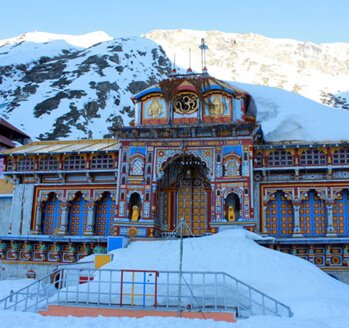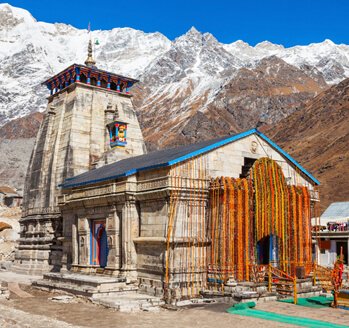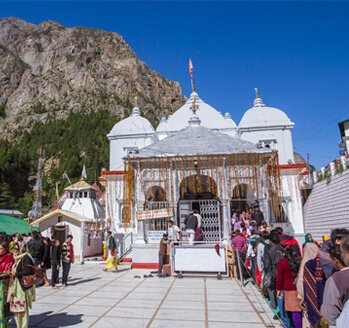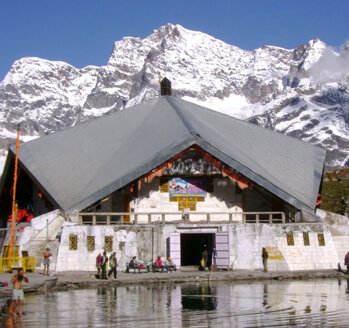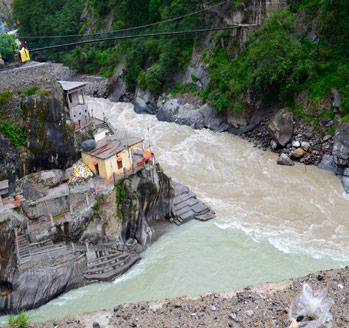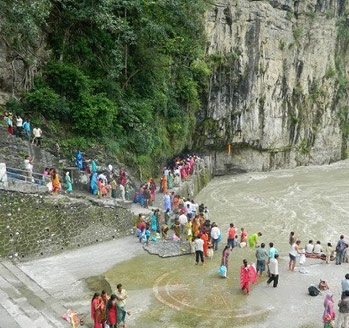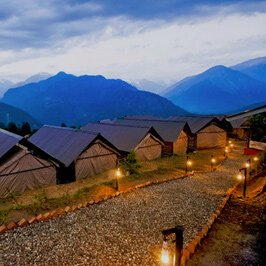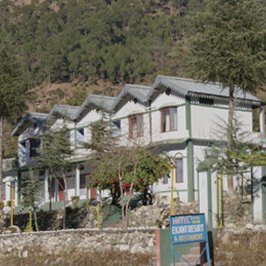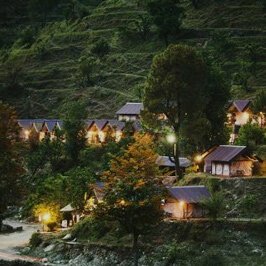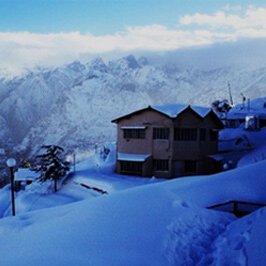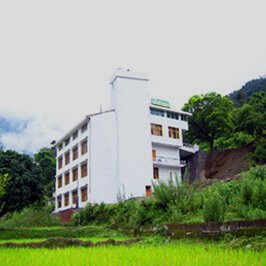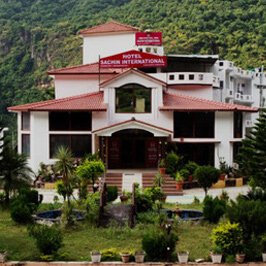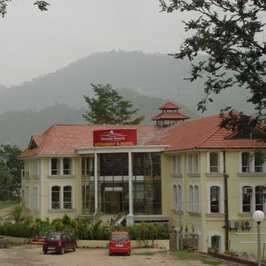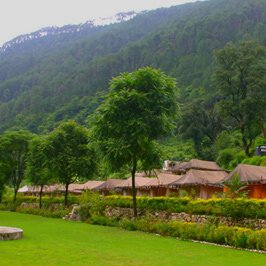In Hinduism, the goals of an ideal life have been divided into four parts - Dharma (duty), Artha (wealth and prosperity), Kaam (worldly desires), Moksha (salvation or ultimate freedom). Moksha is the ultimate goal, but the way towards Moksha should be preceded by other three aspects of life. Moksha is the stage when a human being attains freedom from the vicious circle of life and death and become one with god. It also connotes freedom from materialistic pursuits, self-realization and self-knowledge.
In the 8th century AD, he revival of Hinduism is largely credited to the efforts of Adi Shankacharya, who was a great spiritual leader, philosopher and social reformer. He re-established Hindu religion in India as Bhuddhism started to weaken. In order to bring the Hindu culture and values on the forefront, he took many steps, one of them being the formation of Char Dham Yatra. Char Dham means "four abodes or seats of god". It included four pious spots scattered in four directions of India - Dwarka (west), Badrinath (north), Puri (east) and Rameshwaram (south). Yatra (or pilgrimage) in Hindu religion is considered as one of the ways of attaining Moksha.
A relatively shorter but very important pilgrimage circuit is formed in the Garhwal part of Uttarakhand and consists of - Badrinath, Kedarnath, Gangotri and Yamunotri, and are known as the Chota (small) Char Dham. Each sacred site of Chota Char Dham is nestled in the most beautiful and soul-soothing locations and has its own distinct history which is steeped in multiple legends connected with Hinduism. The four pious places of Uttarakhand find their mention in sacred Hindu texts (like Puranas, Vedas) and tales associated with epics (like Mahabharata and Ramayana).
Shrines of Chota Char Dham represent all three major sects of Hinduism. There is one Vaishnava temple (Badrinath), one Shaiva temple (Kedarnath) and two Shakta temples (Yamunotri and Gangotri). Whereas, the longer circuit covering four directions of India comprises of three Vaishnava sites (Dwarka, Badrinath and Puri) and one Shaiva site (Rameshwaram). Adi Shankaracharya, who is recognised as the creator of the Char Dham Yatra in India, has said to have taken Samadhi at Kedarnath.
A normal pilgrimage tour in Garhwal would extend up to 11/12 days as there are Yamunotri and Gangotri, which are in Uttarkashi district; Kedarnath which is in Rudraprayag district; and Badrinath which is situated in Chamoli district of Uttarakhand. As per the Hindu practice of Parikrama (clockwise movement), the Yatra of Char Dham is undertaken from east to west. Hence, the first spot in the sacred journey is Yamunotri, followed by Gangotri, Kedarnath and, finally, Badrinath. Badrinath comes in both Char Dham and Chota Char Dham pilgrimage tour; and forms the most important part of both of the Hindu pilgrimages.
The enormous beauty of the Himalayas coupled with the air of divinity that flows through the region creates a meditative atmosphere. Embarking on a journey over here and withstanding the hardships, if any, which come while carrying out a Yatra, facilitates a person's exploration into his/her's inner self too.
The phenomenal energy that oozes out of the four dhams of Uttarakhand can be transformative to a person. It can pave way for him/her to attain gyan, pursue devotion, self-realisation and eliminate bad habits.








